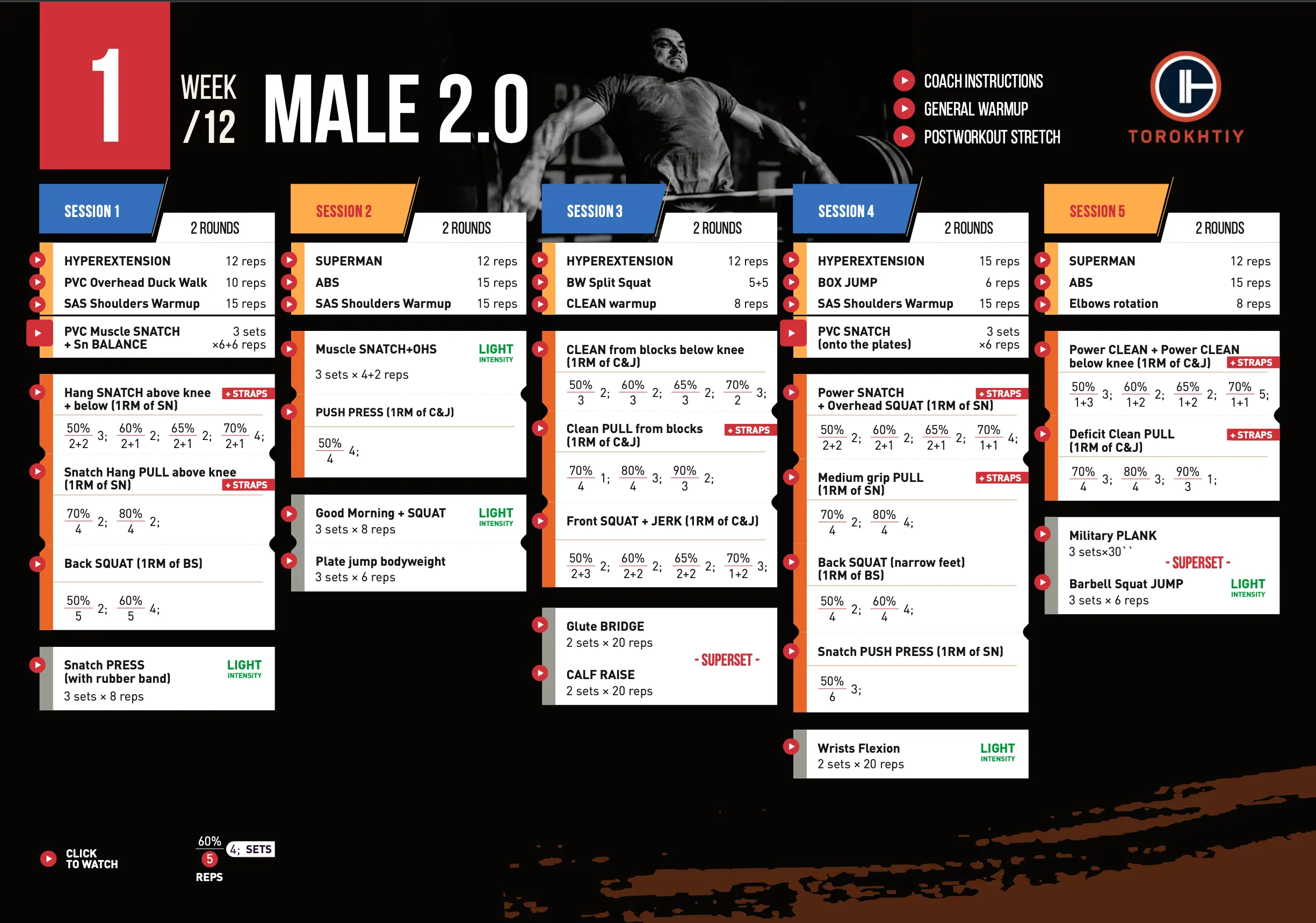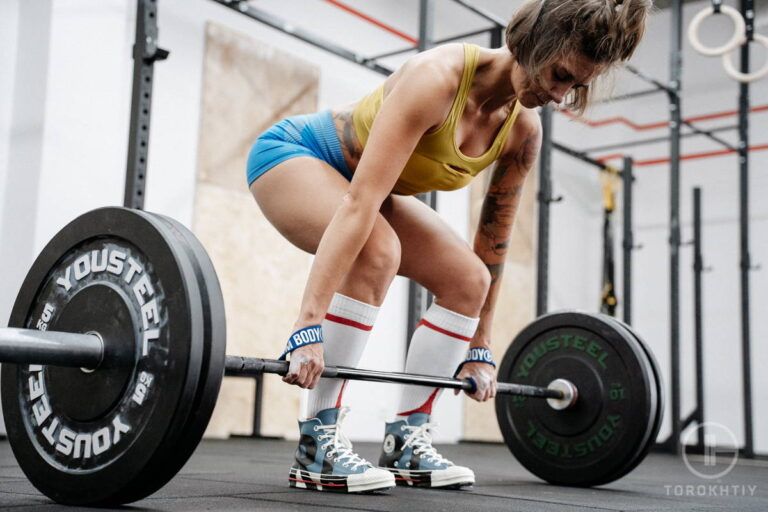Power Jerk vs Split Jerk: Difference Explained
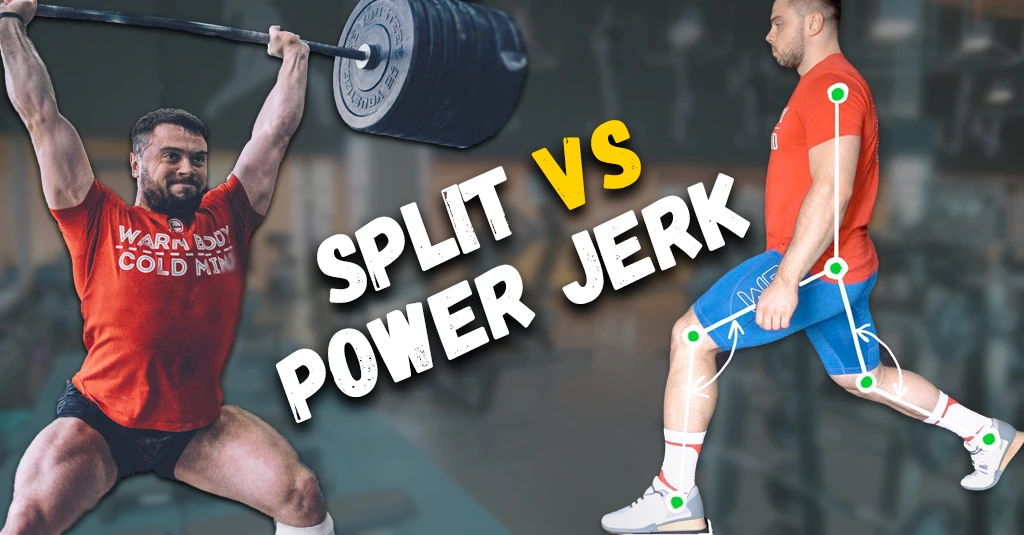
Today, I will reveal all about power jerk vs split jerk. I will walk you through all the differences and help to choose between split jerk vs push jerk.
POWER JERK vs SPLIT JERK
“What is better for me: to power jerk vs split jerk” is one of the top questions at all of my seminars. This is quite natural since the two exercises are visually and technically different, but at the same time, many athletes use both the split jerk and power jerk.
Many weightlifters try different styles and over time decide that each exercise has its strengths and weaknesses. Also, some athletes have an individual preference “I like and want to do just push jerk,” as well as anatomical and functional prerequisites: strength and speed qualities, coordination, flexibility, mobility.
I will try to clarify everything about split jerk vs push jerk in this article.
Power jerk vs split jerk. The difference between the power jerk vs split jerk can be easily seen in the leg position. In the first exercise, an athlete goes down to catch a bar, keeping the legs in the same line. In the latter, one of your legs goes forward while the other one moves backward as in the lunge.
What Is the Power Jerk?
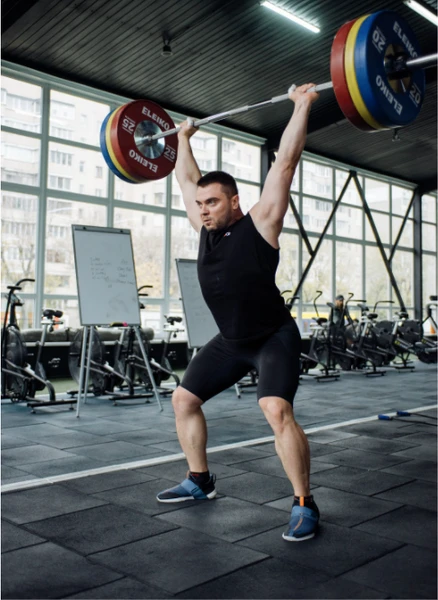
The power jerk is one of the 3 techniques used to perform the second part of the clean & jerk (the Olympic weightlifting exercise).
In order to perform the power jerk, athletes complete the dip and drive phase, pushing a bar upward, and then go down to the dip again to catch the bar overhead, squeezing their shoulder blades. They keep their legs in the same line, just driving them slightly apart to go under the bar. After receiving the bar, they recover and finish the lift.
Some athletes also ask me about the power jerk vs push jerk. Weightlifters often refer to the same exercise with both of these names. However, there is one slight difference between these two movements, though they usually look very alike.
In the first case, athletes spring off the platform to move their legs to the sides and perform a dip. In the latter, your feet stay in place throughout the whole movement, only your heels can rise a bit.

What Is the Split Jerk?
The split jerk is the most popular jerk technique in Olympic weightlifting. It is considered the most reliable and stable way to lift maximum weights for most athletes.
After the dip & drive phase, one drives their legs in different directions similar to the lunge – one goes forward and the other one moves back. You should catch and fix the bar overhead in this position.
After that, you pull your legs together, stretch your knees, and lower the bar on the platform to finish the lift.
What Is the Squat Jerk?
The squat jerk is the least popular technique of the jerk. It is considered more demanding in terms of coordination, balance, and mobility as well as leg strength if we talk about squat jerk vs split jerk.
In order to perform the squat jerk, do everything as if you are going to power jerk but after the drive, go down to the squat position to catch the bar there. Then fix it firmly and start recovering slowly and controllably to hold the bar overhead. Lower the bar when you are in the upright position.
Many athletes who power jerk are sometimes forced to perform the squat jerk if a heavy weight is pressing them down to the platform. It is quite unpredictable so you should practice rising from the hole even if you choose the power jerk.
Power Jerk vs Split Jerk vs Squat Jerk
It is unlikely that someone will explain to you exactly why it is better to split or power jerk. History knows many world-class athletes who changed their jerk style several times. I suggest analyzing and comparing these styles to form a conscious understanding that will help each athlete to make the right choice in favor of a particular style.
In the first few years of training, inexperienced athletes should use everything in their program: the traditional power Jerk, squat jerk, and also split jerk on both legs. This will help develop coordination and flexibility, strengthen stabilizer muscles, and increase functionality. Over time, the desire and feeling of movement will help you choose one of the exercises.
Still, I have explained and compared the main benefits and drawbacks of all jerk styles below.
Power Efficiency
Let’s start with the main advantage of the split jerk – power efficiency. While working with maximum weight, athletes who stick to the power jerk are forced to catch the bar as low as possible, often in a deep squat position. Imagine that after the hardest clean, an athlete performs a jerk and again finds themselves in the hole from which they need to recover again.
Not everyone has enough strength to handle it. From this point of view, the split jerk is far more beneficial.
Stability
The split jerk has another advantage – stability due to the significant height of the bar fixation and the large support area. In my opinion, this can explain the fact that, according to statistics, women are more likely to use the split jerk. As compared to men, they have a lower “reserve of strength”. It is also important to remember that perfect technique can compensate for the lack of strength.
Mistake Resilience
Another significant advantage of the split jerk is the ability to complete the lift even after some small technical mistakes. A common and frequent mistake is a short dip and drive, after which the bar is slightly ahead, and the athletes are forced to “catch it up”. Many athletes do it successfully from the split position. In a power jerk, this is almost impossible.
🔻12-Week Olympic Weightlifting Program by Oleksiy Torokhtiy
Transform your strength and technique with our 12-week Olympic Lifting Program, made up of 5 sessions per week.
It is designed by Olympic Champion for athletes who are looking to set new personal records safely in Snatch or Clean & Jerk.
Program details:
- 12 weeks + 2 bonus weeks
- 45-120 minutes per session
- 50+ specific exercises/98 video instructions
- Primary focus on Olympics Lifts
- Full access to all training content
- Weekly video coach instructions
Start now and boost your weightlifting results!
Amplitude
Speaking about the disadvantages of the split jerk and the advantages of the power jerk, we must focus on the amplitude of dropping in the squat position with the barbell directly over your head. In the split jerk, this height is limited by the depth of the lunge at which the athlete can stably balance under a heavy weight.
Athletes in the light and medium weight categories who power jerk, as a rule, work on the fixation of the bar in a deep squat position as well, which allows them to lift the heaviest weights successfully. To tell the truth, if an athlete power jerks he must be ready to squat jerk, and not only theoretically.
Mechanics and Coordination
An important advantage of the power jerk is simpler mechanics and coordination of the movement: the action is performed in one plane. The angles and structure of the movement have many similarities to the squat. The split position has a more complex structure and a lot of technical variations both in the work of the feet and in the coordination of the whole body.
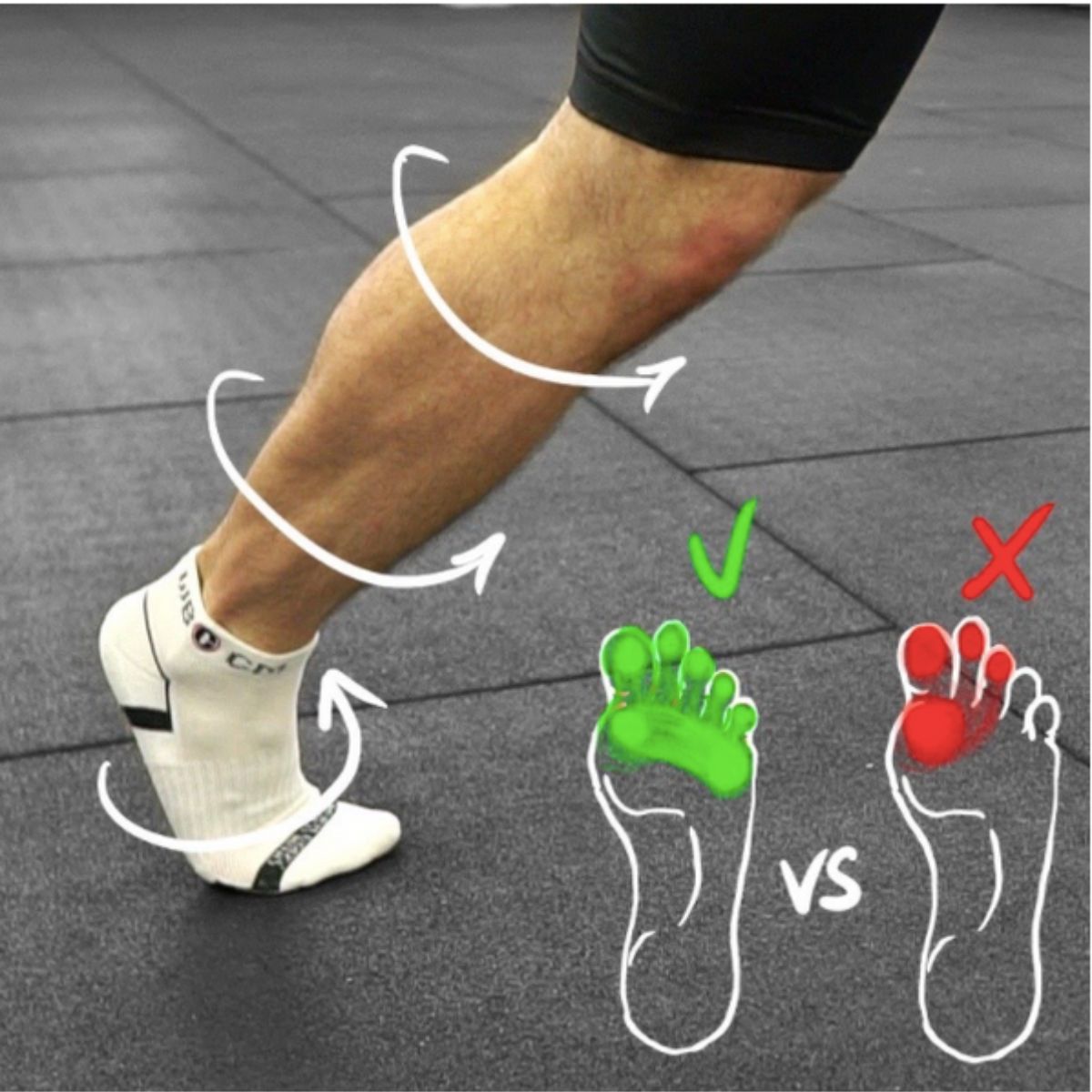
So What Should I Choose?
I will advise beginners according to the experience of the Soviet weightlifting school, which I consider one of the best. The most effective way to figure out which jerk style is best for you is to try everything.
Generally, if an athlete has a good leg-strength reserve, then a squat jerk may be their best choice. If the athlete is agile and coordinated, they should concentrate on the split jerk. And I definitely would not recommend the power jerk for tall athletes.
What jerk style do you find the best and why? Share your thoughts in the comment section!
Why Trust Us?
With over 20 years in Olympic Weightlifting, our team does its best to provide the audience with ultimate support and meet the needs and requirements of advanced athletes and professional lifters, as well as people who strive to open new opportunities and develop their physical capabilities with us.
By trusting the recommendations of our certified experts in coaching, nutrition, dietology, and sports training programming, as well as scientific consultants, and physiotherapists, we provide you with thorough, well-considered, and scientifically proven content. All the information given in the articles concerning workout programming, separate exercises, and athletic performance, in general, is based on verified data. We ensure that you can rely on our professionals’ pieces of advice and recommendations that can be treated as personalized ones which will benefit you and fully meet your needs.
The product testing process is described in more detail here
Author: Sergii Putsov
Head of Sport Science, PhD
Best Results: Snatch – 165 kg,
C&J – 200 kg
Sergii Putsov, Ph.D., is a former professional weightlifter and National team member, achieving multiple medals in the 94 kg weight category at national competitions. With a Master’s degree in “Olympic & Professional Sport Training” and a Sport Science Ph.D. from the International Olympic Academy, Greece, Sergii now leads as the Head of Sport Science. He specializes in designing training programs, writing insightful blog articles, providing live commentary at international weightlifting events, and conducting educational seminars worldwide alongside Olympic weightlifting expert Oleksiy Torokhtiy.

